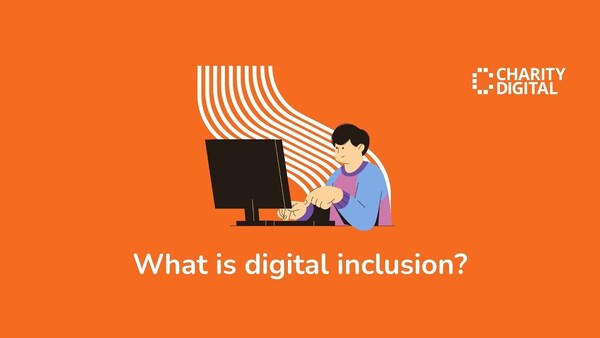Insights
INSIGHTS
All Topics
Volunteering trends for 2025
From creating flexible opportunities to making volunteering accessible to everyone, we look at some of the volunteering trends for the year ahead
Volunteering is a vital source of support for the charity sector. It helps organisations to carry out their missions and support the people who use their services. Many charities rely on volunteers to keep operating.
For charities, there are a lot of benefits to using volunteers. They increase the reach and awareness of a charitable cause, offer extra skills and expertise, and bring new ideas and approaches to a charity’s work.
Volunteering data in the UK
The Directory of Social Change (DSC) reports that volunteering is declining and that many charities are finding it hard to recruit volunteers.
Research from Nottingham Trent University shows that four in ten organisations are not able to recruit enough volunteers to meet their objectives.
One of the biggest barriers to volunteering is lack of time. Many households now have two people working full time which stops them from volunteering. Other causes are the pandemic and the cost-of-living crisis.
The DSC says that “if economic conditions improve and charities can adapt their volunteering offers to be flexible and relevant, participation rates might improve again”.
So, charities need to think about new approaches to volunteering and different ways to recruit volunteers. Here are some of the trends we’ve identified for 2025.
The rise of micro-volunteering
Micro-volunteering is ad hoc volunteering that people can fit in around other commitments. It’s flexible and doesn’t require people to commit to a regular volunteer shift on the same day and time.
The charity sector is seeing more people wanting to take part in micro-volunteering rather than formal volunteering. The British Heart Foundation found that its volunteers are dropping in for an hour or two without committing to anything regular or long-term.
There are a lot of benefits to offering micro-volunteering. It can help charities to increase their volunteer numbers and access skills and experience they might not have been able to before. Charities can also recruit volunteers from anywhere in the UK, not just in the local area.
But charities need to be mindful of the tasks they give to people doing micro-volunteering. It’s better to give volunteers smaller, simple tasks that don’t require a lot of instructions and training.
Also, charities shouldn’t give people tasks that need effective safeguarding as the onboarding process for micro-volunteering is shorter and doesn’t go into as much detail.
Increase in remote volunteering
People are looking for flexible volunteering opportunities to fit around other commitments. Charities can offer this flexibility through remote volunteering.
Allowing people to volunteer at home helps to break down geographical barriers. They can use their professional skills to support charities, no matter where they live.
Remote volunteering also supports people with mobility issues to give their time to charity, as well as those who can’t typically volunteer nine to five or have caring responsibilities.
Emphasis on diversity and inclusion in volunteering
Charities are increasingly thinking about how they can make their volunteer schemes more accessible. They are working to make sure that people from diverse backgrounds can access volunteering opportunities. This includes removing obstacles to volunteering, like language barriers and cultural nuances.
Tapping into corporate volunteering
More companies are looking to provide volunteer opportunities for their employees that fit specific criteria. These include:
- Virtual volunteering to allow staff to support global causes from their home or office
- Skills-based volunteering to give employees the chance to use their professional skills to support charities
- Micro-volunteering gives staff the chance to take part in quick volunteering tasks that make a difference to a charity’s work
- Activities that involve working together as a team, which increases team building and working together to make a positive impact on the community
By offering these opportunities, charities can build relationships with corporates and increase their volunteers.
Helping volunteers to demonstrate their impact
Volunteers increasingly want to be able to show the difference they are making to charities. They may want to post this information on social media to help encourage other people to sign up to become volunteers. They can also talk about the impact they have made as a volunteer in job applications.
Charities need to think about how they can give volunteers the ability to track their impact online. You can do this by putting a system in place to measure the impact of volunteer work across your charity.
Kellie Smith
More on this topic
Recommended Products
Related Videos
Our Events
Charity Digital Academy
Our courses aim, in just three hours, to enhance soft skills and hard skills, boost your knowledge of finance and artificial intelligence, and supercharge your digital capabilities. Check out some of the incredible options by clicking here.



















